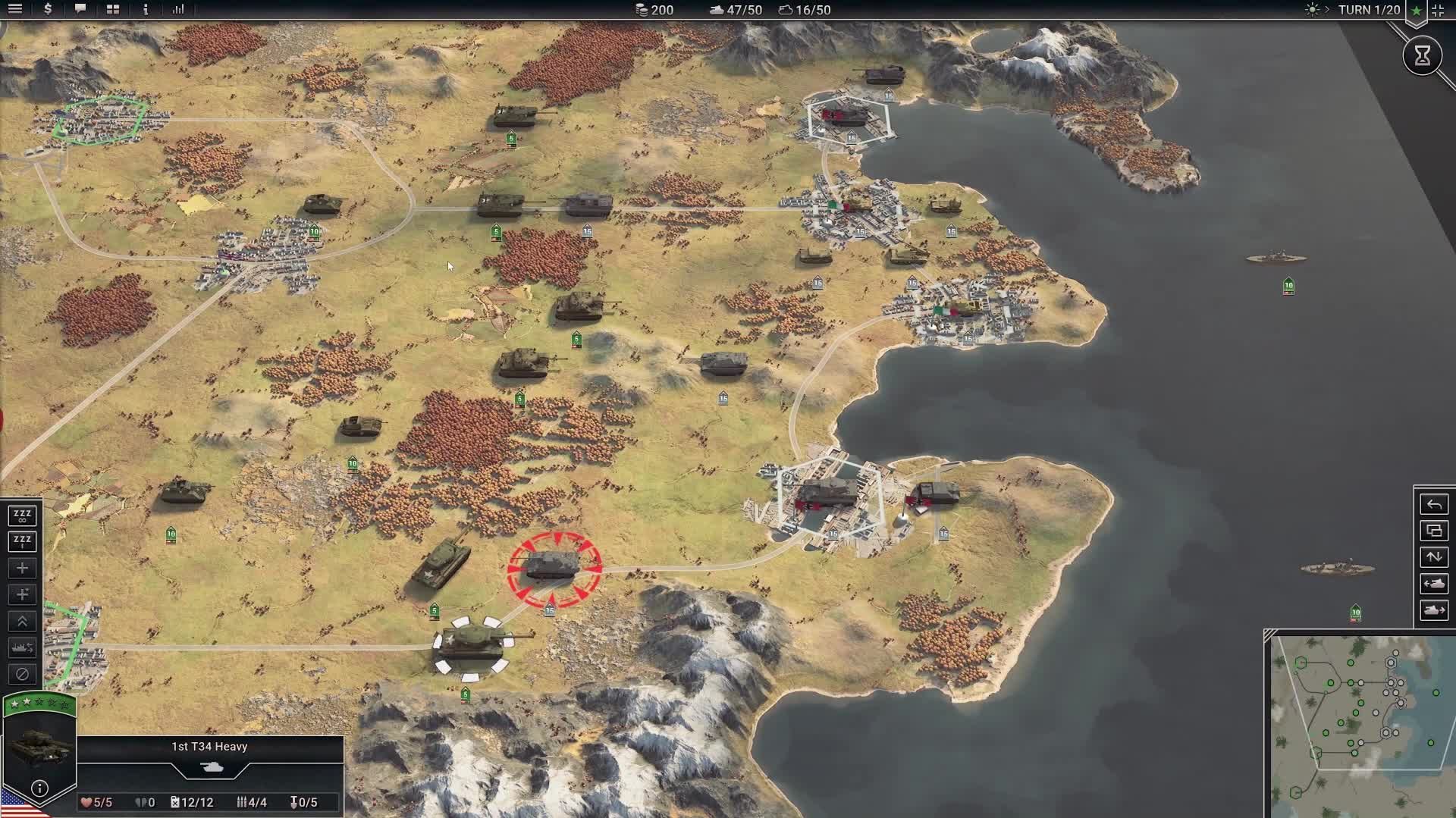
The staff of III Panzer Corps only had three vehicles in order and was unable even to organize itself according to the normal procedures. For example, one of the artillery battalions of 1st Panzer Division had lost 11 of its 15 prime movers for the guns and was stuck in the mud further south. It had taken a heavy toll on the vehicles. 79, a motorized infantry battalion from 16th Panzer Division, had to remain with the Leibstandarte, or else the division could not be expected to hold its positions. On the previous day it had only been able to muster 180 men in the trenches, a small number for a division that had to cover a front of approximately 15 kilometers. The Leibstandarte, which had the task of holding the western part of the III Panzer Corps, had very little infantry. Hans-Valentin Hube spent most of 10 February-a Thursday characterized by fog, snow squalls, and thaw-visiting III Panzer Corps. After breaking through the Soviet defenses the tanks were to make a dash toward the Gniloi Tikich River to capture crossings between Kamenyy Brod and Lisyanka, thereby enabling III Panzer Corps to continue toward Gruppe Stemmermann. Two Nebelwerfer regiments were to support the 16th and 17th Panzer Divisions. The tanks, in particular heavy Tank Regiment Bäke and Kampfgruppe Frank, the latter consisting of the Panther battalion and SPW battalion of 1st Panzer Division, were to crush the enemy defenses between Ryshanovka and Shubennyi Stav. Elements from the 1st Panzer Division were still stuck in the mud further south, but the division was to attack alongside the 16th Panzer Division, with its elements available at dawn on 11 February. The weak 17th Panzer Division was placed on the left flank. The division was complete, except for one infantry battalion, which remained with the SS-Leibstandarte covering the western and northern flank of III Panzer Corps. 67 Artillery Battalion, in the center, just west of Shubennyi Stav. 50 6īreith had chosen to place the 16th Panzer Division, with heavy Panzer Regiment Bäke and the II./Art.Rgt. After all, the ground remained very soft and muddy, and the opposing Soviet 6th Tank Army had been given several days to prepare its defensive positions. It remained to see if Hube’s confidence in his Panzer units was justified. For the attack on 11 February he had collected an impressive attacking force by German 1944 standards, and one that was much stronger than anything von Vormann could hope for. Hube had previously claimed that his Panzers could roll over any Soviet defense consisting of infantry and antitank guns. More than half were heavy Panthers and Tigers.

Thus, on the evening of 10 February the III Panzer Corps had, together with the tanks from SS-Leibstandarte, 155 tanks and assault guns available in the units that were to attack at dawn the following day. To supplement these units, more formations from the 1st Panzer Division had arrived, including 18 Panzer IVs and 48 Panther tanks. This meant that the units that had begun Operation Wanda now consisted of 79 tanks and assault guns, a reduction of 39% since the beginning of the operation. The 506th heavy Panzer Battalion had only two operational Tigers on 10 February, and the 249th Assault Gun Battalion was little better off, with four StuG IIIs. The 16th Panzer Division was reinforced by a company with 10 PzKw IV tanks from SS-Leibstandarte.

Again it was supposed that more tanks would soon be operable again. On the other hand, the 16th Panzer Division reported 16 Panthers, 16 Panzer IVs, and 10 StuG IIIs on the same day. The situation was worse for the 17th Panzer Division, which only had one Panzer III and four Panzer IVs operational on 10 February. For example, on 10 February heavy Panzer Regiment Bäke had 10 Tigers and 16 Panthers operational, but it was hoped that a total of 40 tanks would be available to the regiment on 11 February. However, it was hoped that these would soon be brought back into running order. Its tank losses due to enemy action were small, but many more tanks had been rendered inoperable due to technical problems and the very poor condition of the roads. The days that had passed between 4–10 February had taken their toll on the III Panzer Corps.


 0 kommentar(er)
0 kommentar(er)
